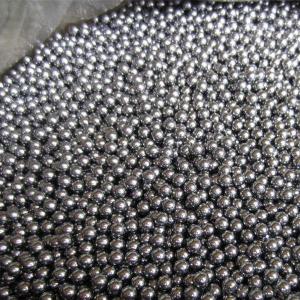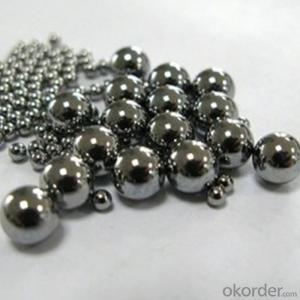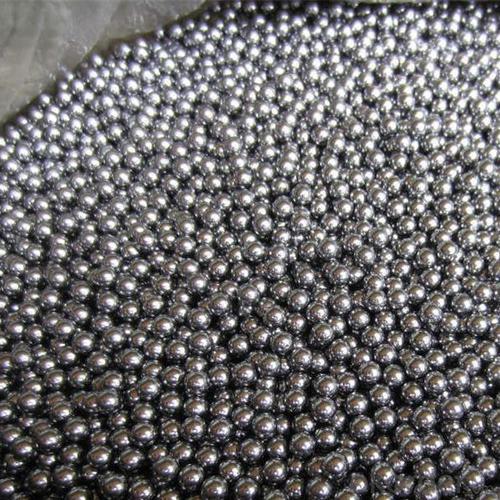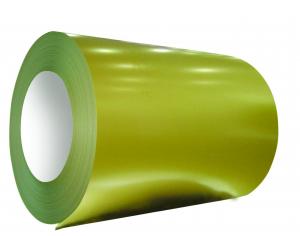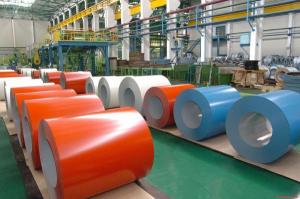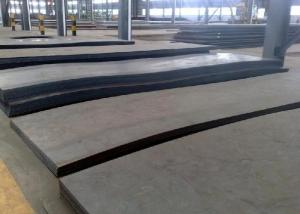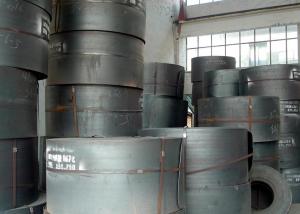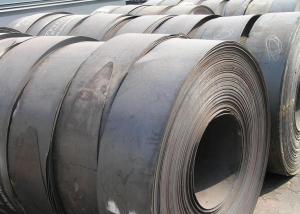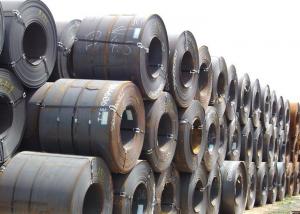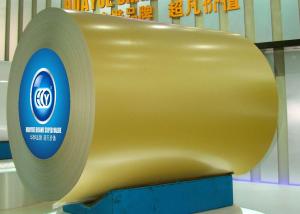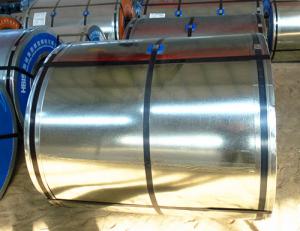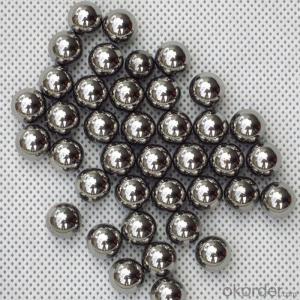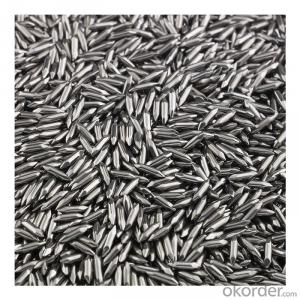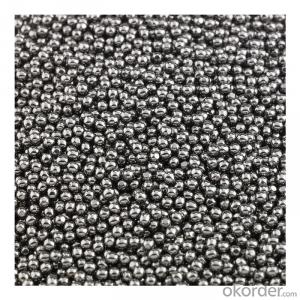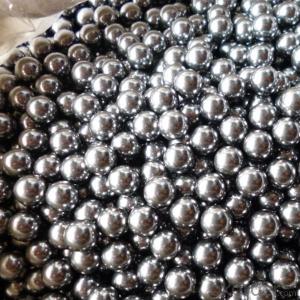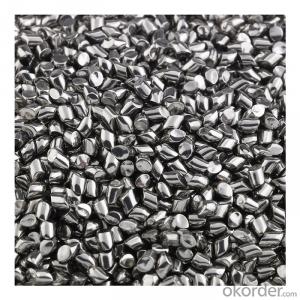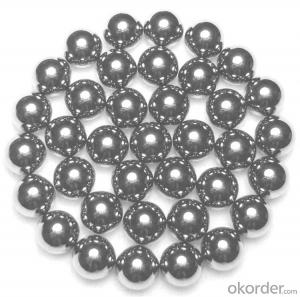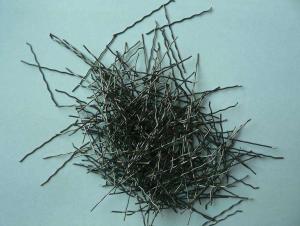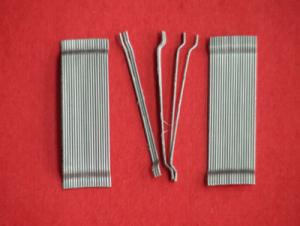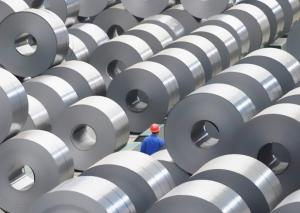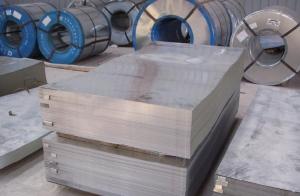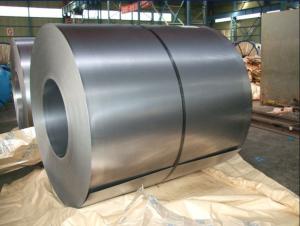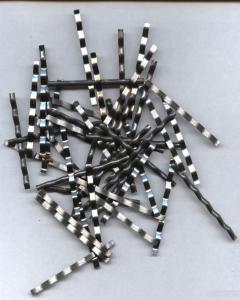AISI304 Steel Shot 6mm G100 Nail Polish Stainless Steel Ball
- Loading Port:
- China main port
- Payment Terms:
- TT OR LC
- Min Order Qty:
- 1 m.t.
- Supply Capability:
- 10000 m.t./month
OKorder Service Pledge
OKorder Financial Service
You Might Also Like
Specification
Product Description
The detail of AISI304 stianless steel ball
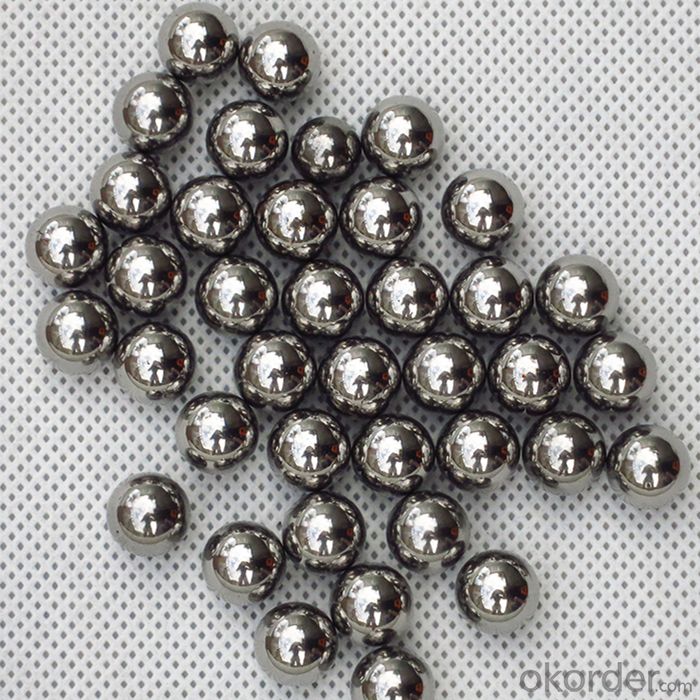
Here are many kinds of stainless steel balls, AISI 304, AISI 316, AISI 316L, AISI 420, AISI 420C,
AISI 440, AISI 440C.AISI 304 steel ballshave no good hardness but offer good corrosion resistance,
they offer good resistance to atomospheric corrosion, dyes, food processing, valves, sex products and so on.
AISI 304 stainless steel ball in our factory :
Minimum diameter: 2mm
Best precision :G100
Hardness :HRC25-39
A, Safe Package
Step 1: Weighing stainless steel balls. Usually the weight is about 10kg.
Step 2: Sealed plastic bags
Step 3: Put sealed plastic bags into small boxes.
Step 4: Each box has the label, including material, Lot No. Size, quantity, grade, date and so on
Step 5: Each box directly put into mooden case.
High precision stainless steel balls usually is oil package. Normal precision stainless steel balls usually is dry package.
We also can pack them according to customers' request.
B,Sample free
If you are interested in our product , we can send you our free sample for you . Please contact us as soon as possible.
| Product | stianless steel ball |
| Material | stianless steel |
| Test | SGS |
| Percision | G100 |
| Hardness | HRC25-39 |
| Surface | zerodefect, bright |
| Checking | 100% sorted |
| Sales mode | wholesale or retail |
| Sample | by free |
| Package | four small boxes within a carton of 20kg |
- Q: How are steel sheets used in the manufacturing of appliances?
- Steel sheets are commonly used in the manufacturing of appliances as they provide strength, durability, and resistance to corrosion. These sheets are shaped and formed into various components such as panels, frames, and surfaces, which are then assembled to create appliances like refrigerators, ovens, and washing machines. Additionally, steel sheets can be coated or painted to enhance their appearance and protect against wear and tear, making them an essential material in appliance manufacturing.
- Q: How is steel used in the production of amusement park rides?
- Steel is commonly used in the production of amusement park rides due to its strength and durability. It is used to build the framework and support structures of the rides, ensuring their stability and safety. Steel is also used to create the tracks, loops, and other intricate components that make up the thrilling elements of these rides. Additionally, steel is utilized in the manufacturing of roller coaster cars and other ride vehicles, providing a safe and enjoyable experience for riders.
- Q: What are the different types of steel pipes and tubes available?
- There are various types of steel pipes and tubes available, including seamless, welded, galvanized, stainless steel, and carbon steel pipes. Each type has its own unique characteristics and is used for specific applications in industries such as construction, oil and gas, plumbing, and manufacturing.
- Q: How is steel bar reinforcement used in concrete structures?
- Steel bar reinforcement is used in concrete structures to enhance their strength and durability. The steel bars are placed within the concrete to provide tensile strength, which concrete lacks. By reinforcing the concrete with steel bars, the structure becomes capable of handling greater loads and resisting cracks or deformations. This combination of materials, known as reinforced concrete, allows for the construction of various structures like buildings, bridges, and dams that can withstand significant forces and maintain their structural integrity over time.
- Q: How is steel rebar cut and bent for specific construction needs?
- Steel rebar is cut and bent for specific construction needs using specialized tools such as rebar cutters and benders. The rebar is measured according to the required length and then cut using the cutter. To achieve the desired shape, the rebar is then bent using a mechanical or hydraulic bender. This process ensures that the steel rebar is tailored to meet the specific requirements of the construction project, allowing for precise reinforcement and structural support.
- Q: How is steel used in the production of agricultural equipment?
- Steel is commonly used in the production of agricultural equipment due to its strength, durability, and versatility. It is used to manufacture various components such as frames, blades, plows, and tillers, providing stability and resistance to wear and tear. Steel's ability to withstand harsh environmental conditions and heavy workloads makes it an essential material in the construction of reliable and long-lasting agricultural machinery.
- Q: How are steel sheets used in the automotive industry?
- Steel sheets are used in the automotive industry for various purposes such as body panels, structural components, and reinforcement. They provide strength, durability, and crash resistance to vehicles, ensuring safety and longevity.
- Q: What are the different types of steel tanks and their applications in the chemical industry?
- There are various types of steel tanks used in the chemical industry, each with specific applications. Some common types include carbon steel tanks, stainless steel tanks, and alloy steel tanks. Carbon steel tanks are versatile and widely used for storing liquids, gases, and chemicals. Stainless steel tanks are corrosion-resistant and ideal for storing corrosive chemicals or materials. Alloy steel tanks are used for specialized applications that require high strength and resistance to extreme temperatures. These tanks are crucial for storing and transporting various chemicals and substances safely in the chemical industry.
- Q: How do steel products contribute to the construction of theme-based culinary experience centers?
- Steel products play a crucial role in the construction of theme-based culinary experience centers as they provide structural strength, durability, and versatility. From the framework of the building to the interior elements such as kitchen equipment, countertops, and fixtures, steel ensures the safe and efficient functioning of these centers. Additionally, steel's aesthetic appeal allows for creative design possibilities, enabling architects and designers to bring themed concepts to life.
- Q: What are the different types of steel meshes and their uses?
- There are several types of steel meshes available, each designed for specific uses. Some common types include welded wire mesh, expanded metal mesh, and woven wire mesh. Welded wire mesh is often used in construction for reinforcing concrete and as fencing material. Expanded metal mesh is commonly used for ventilation, security grilles, and walkways due to its strength and durability. Woven wire mesh is frequently used for screening, filtration, and separation applications. Additionally, there are specialty steel meshes like stainless steel mesh, which is resistant to corrosion and ideal for food processing and marine environments.
Send your message to us
AISI304 Steel Shot 6mm G100 Nail Polish Stainless Steel Ball
- Loading Port:
- China main port
- Payment Terms:
- TT OR LC
- Min Order Qty:
- 1 m.t.
- Supply Capability:
- 10000 m.t./month
OKorder Service Pledge
OKorder Financial Service
Similar products
Hot products
Hot Searches
Related keywords
